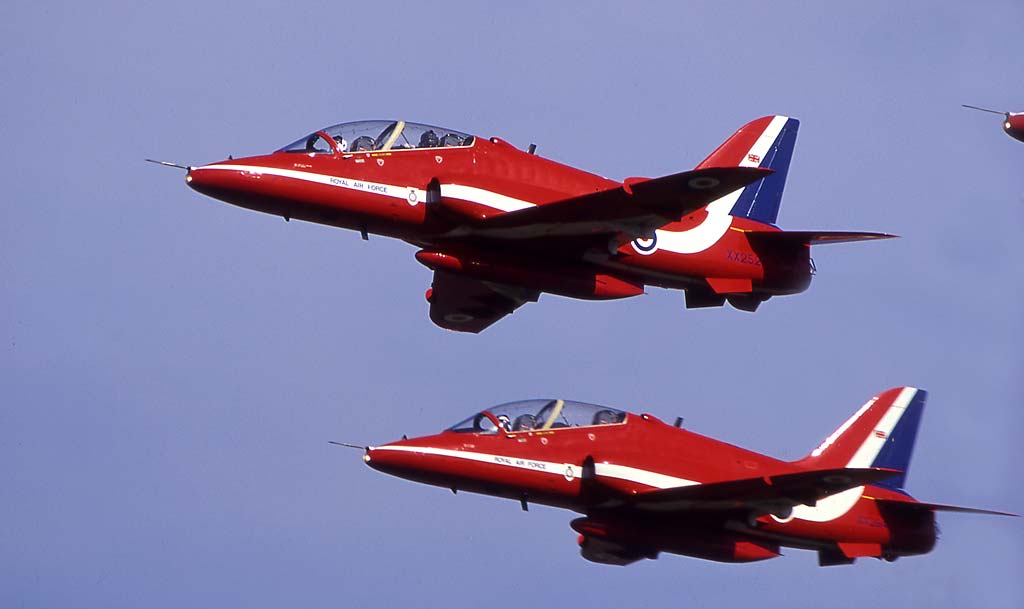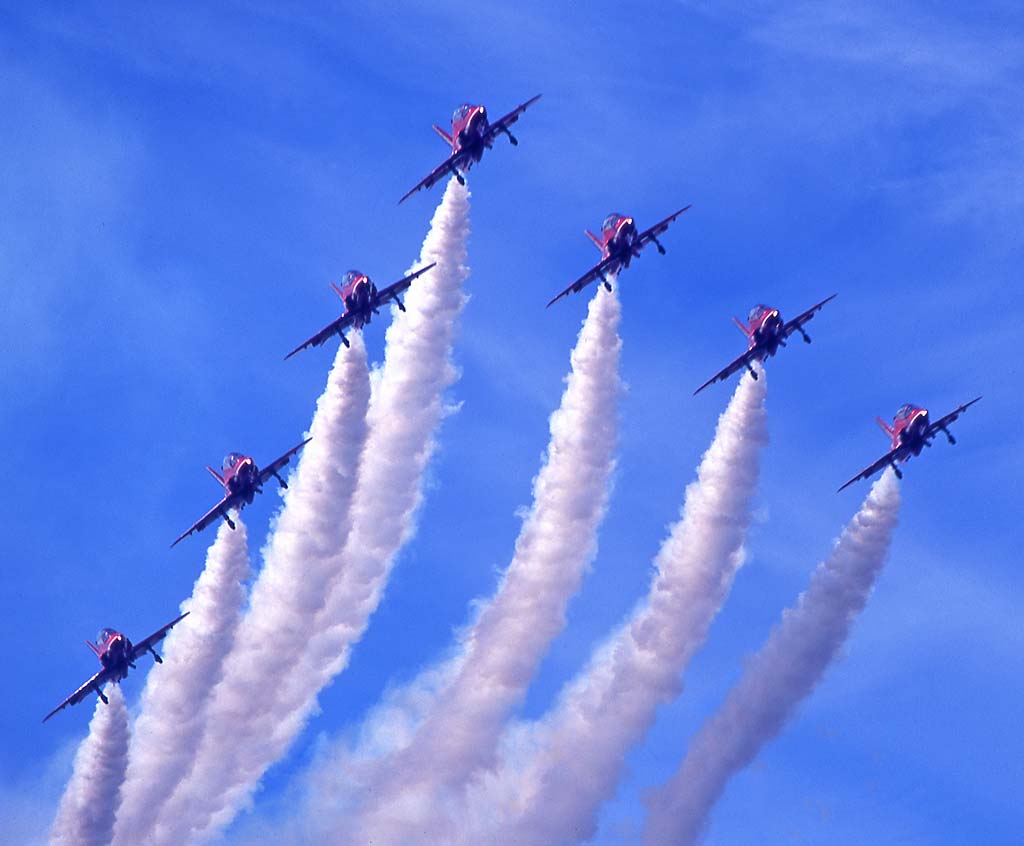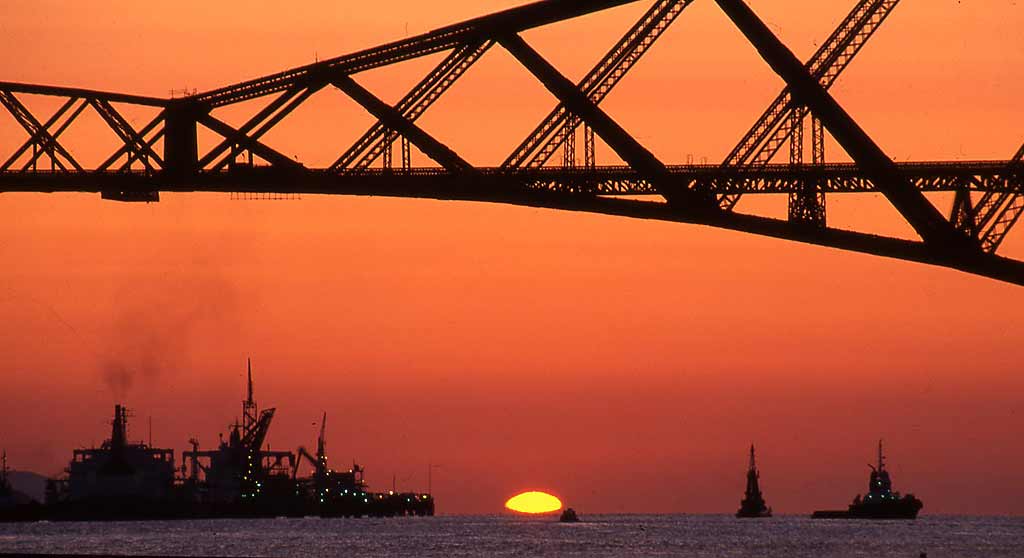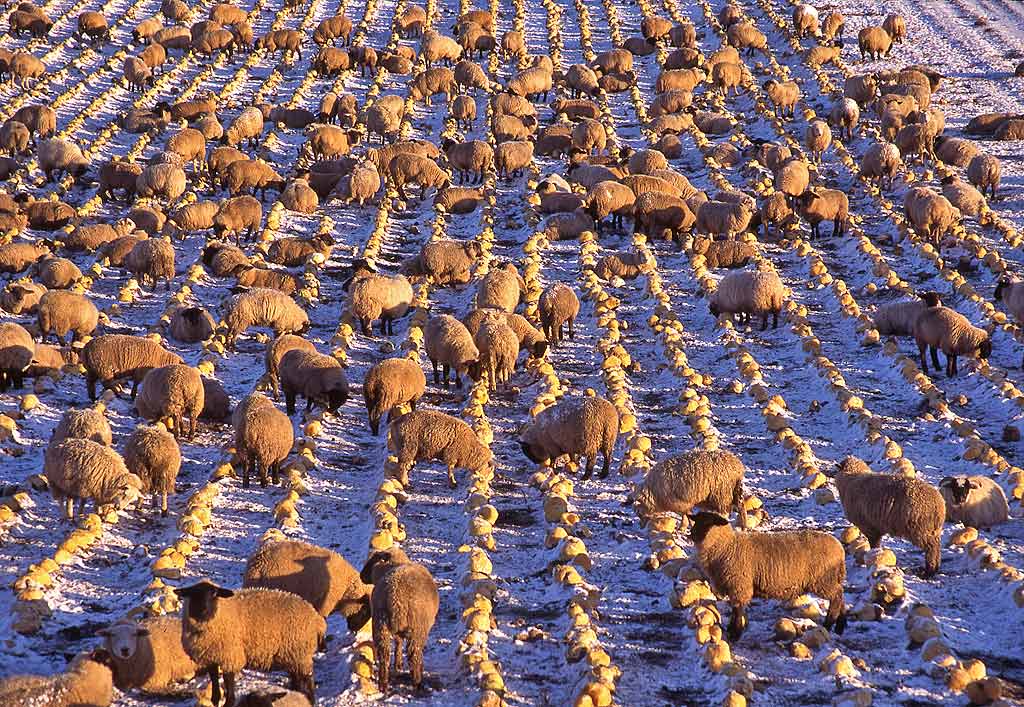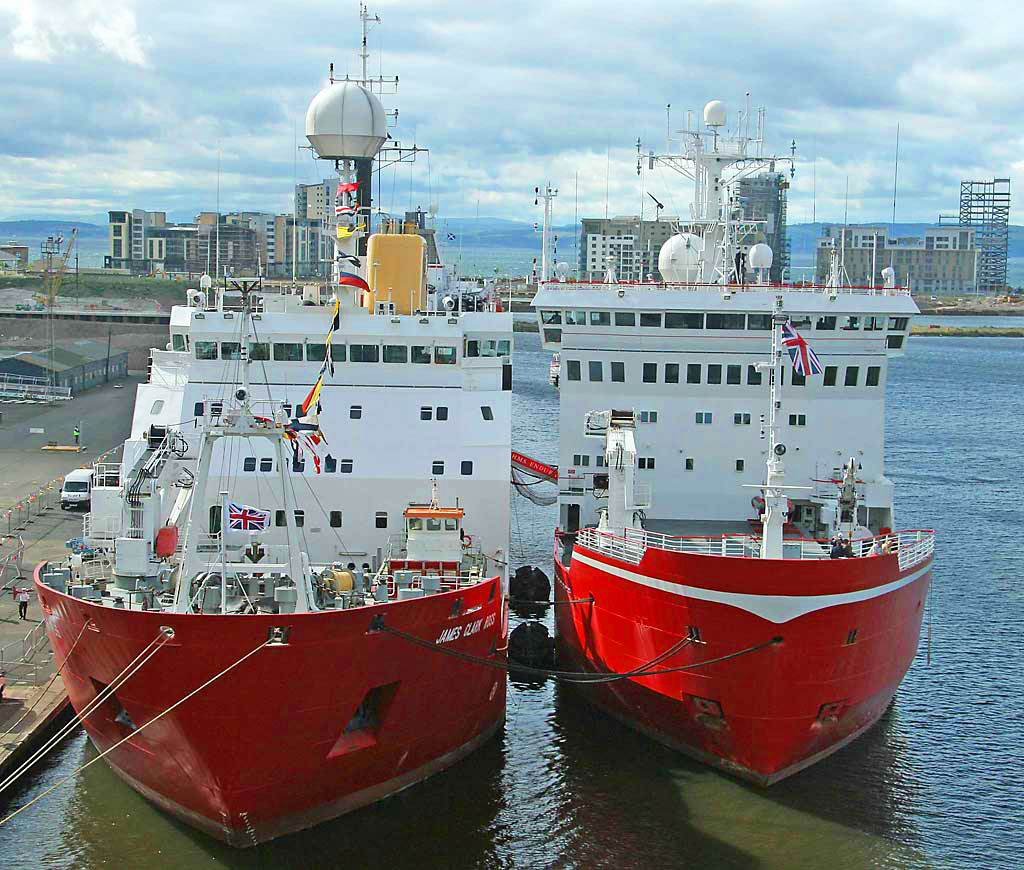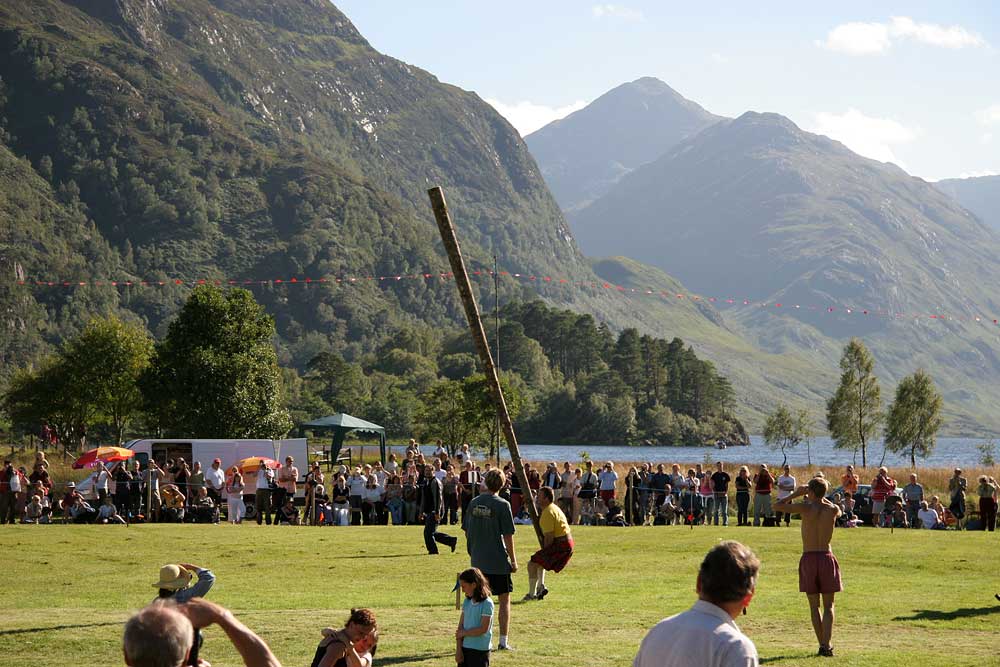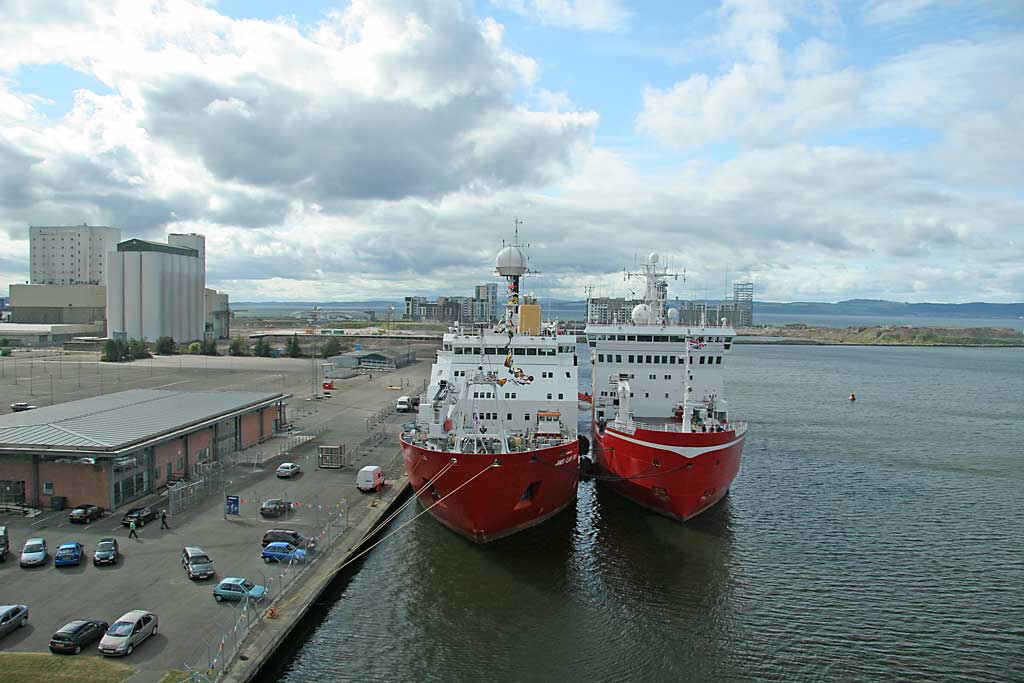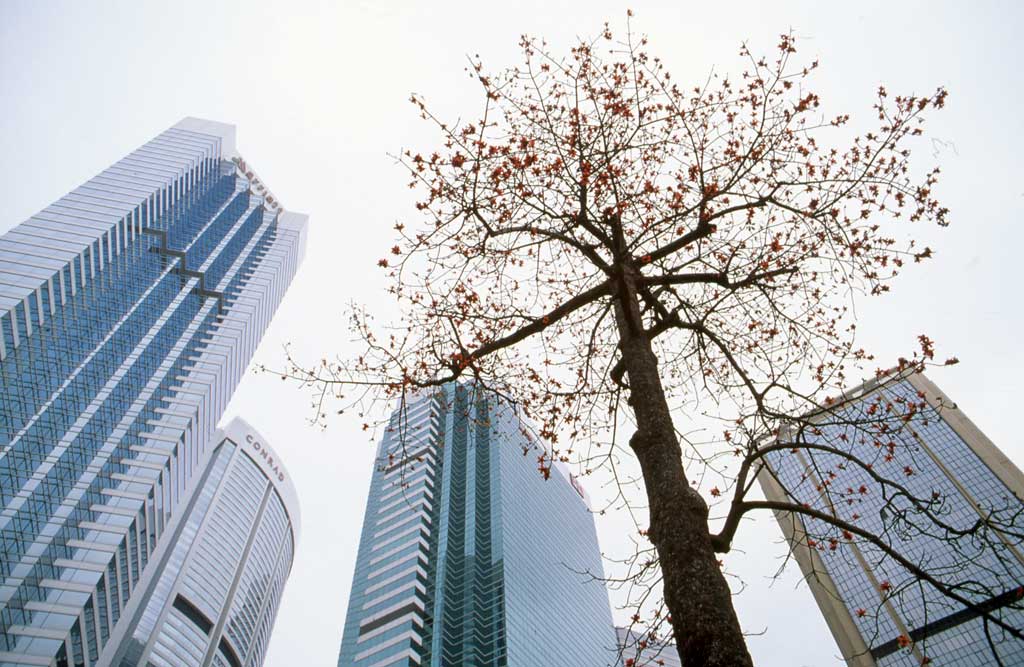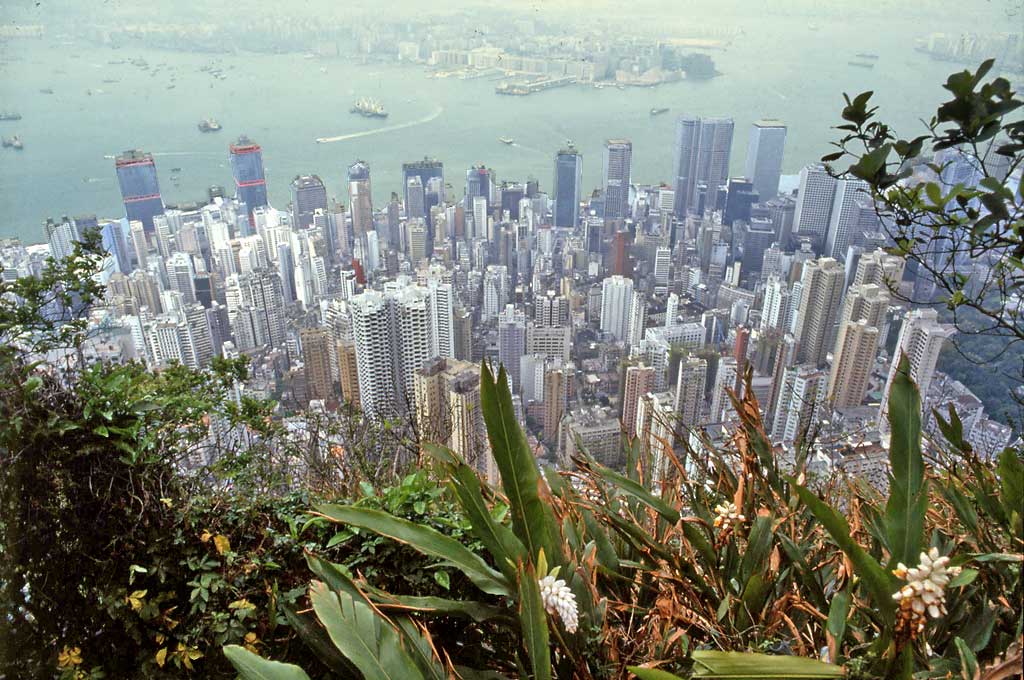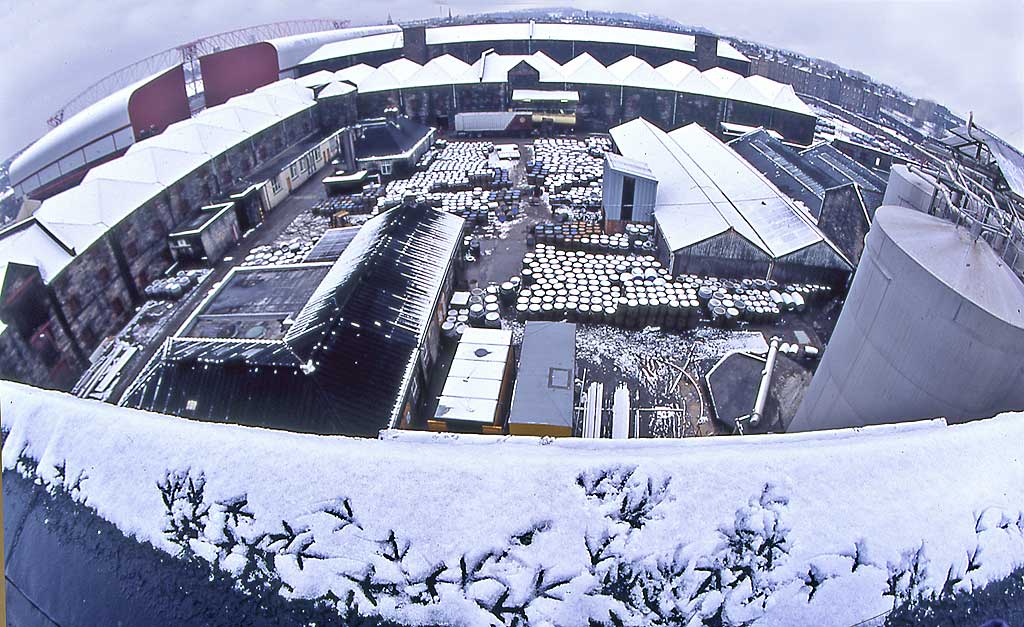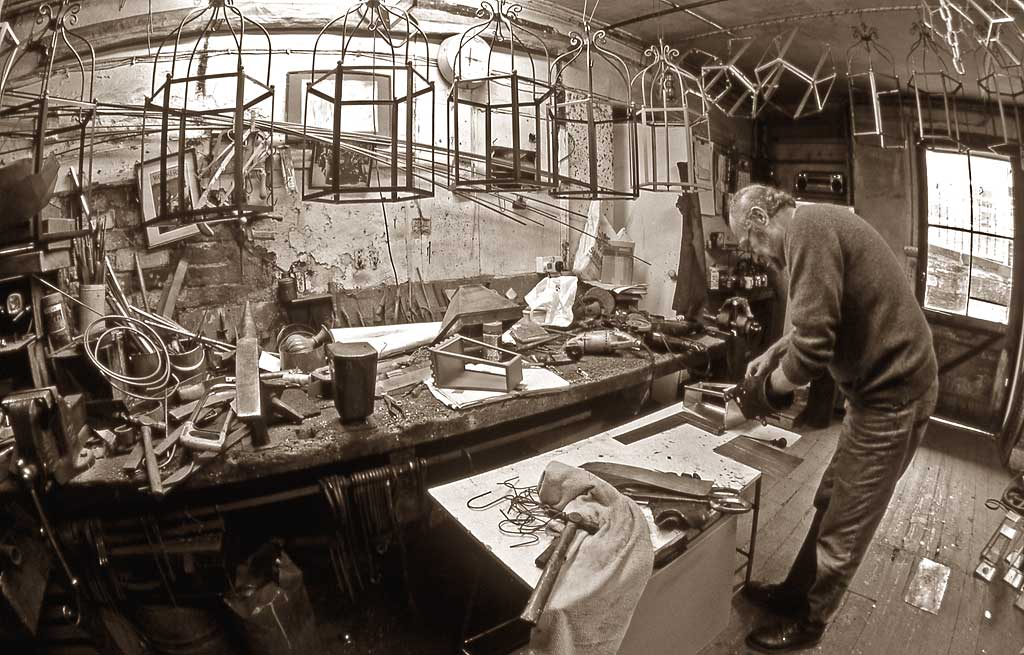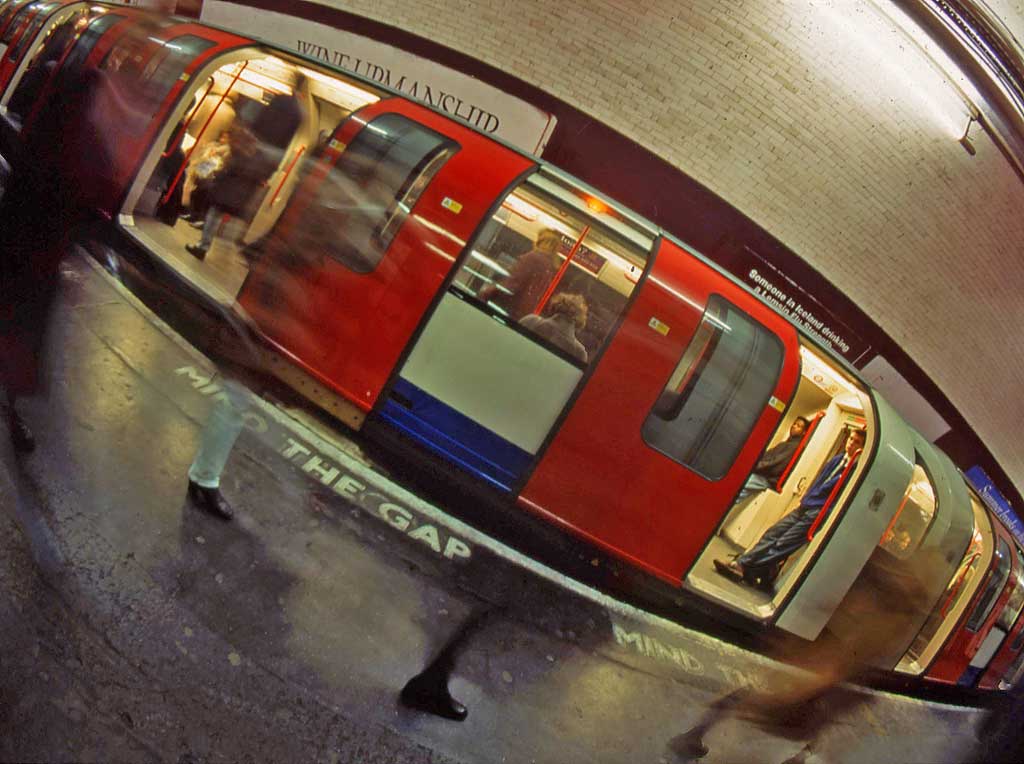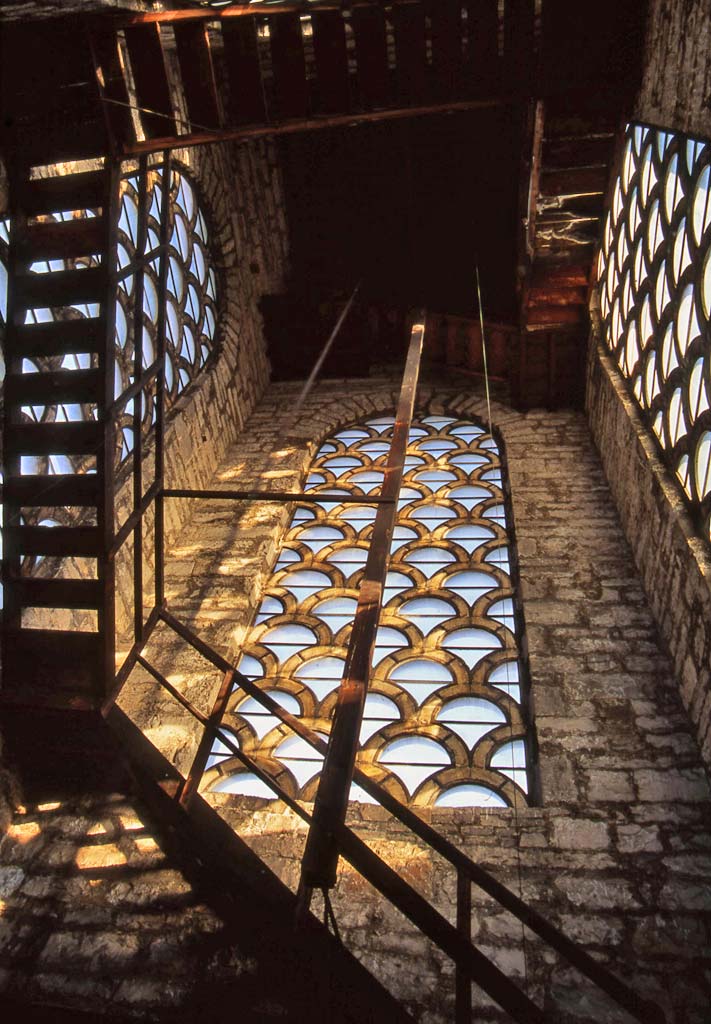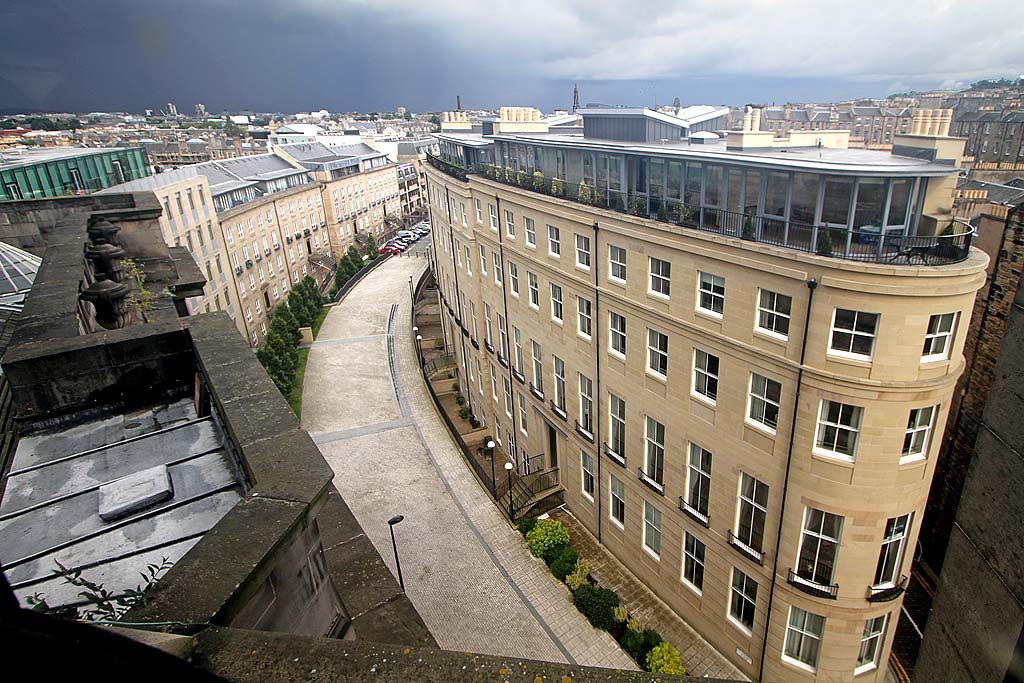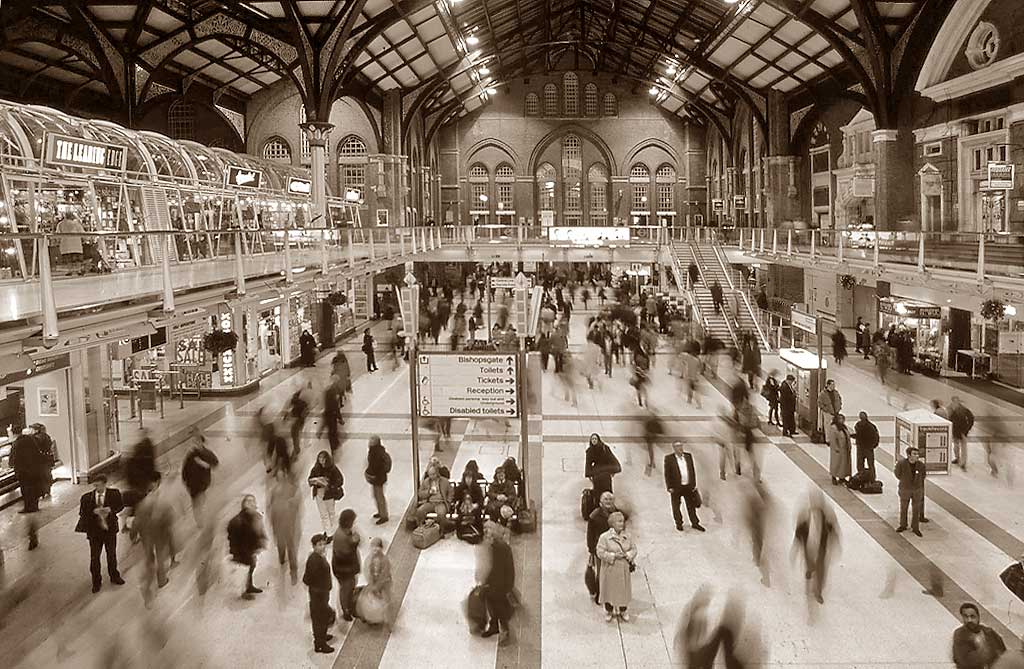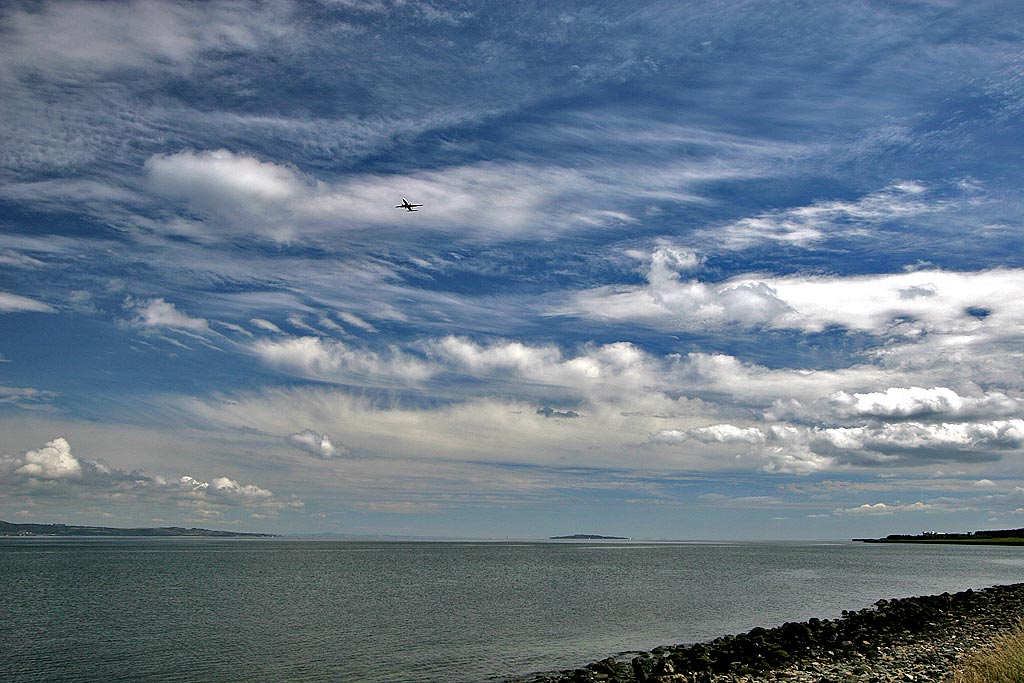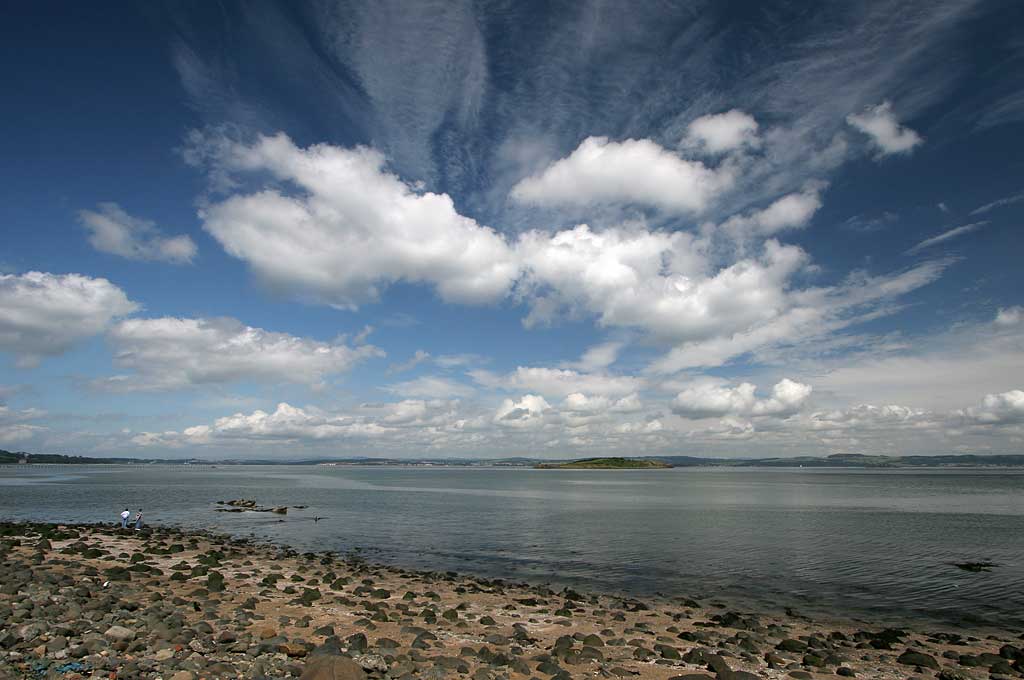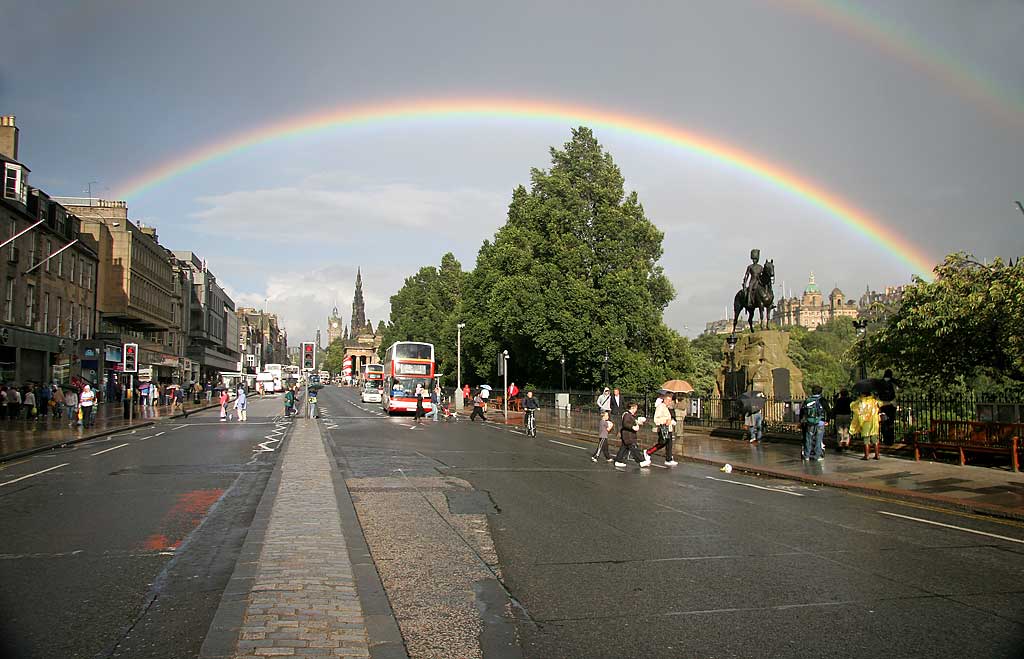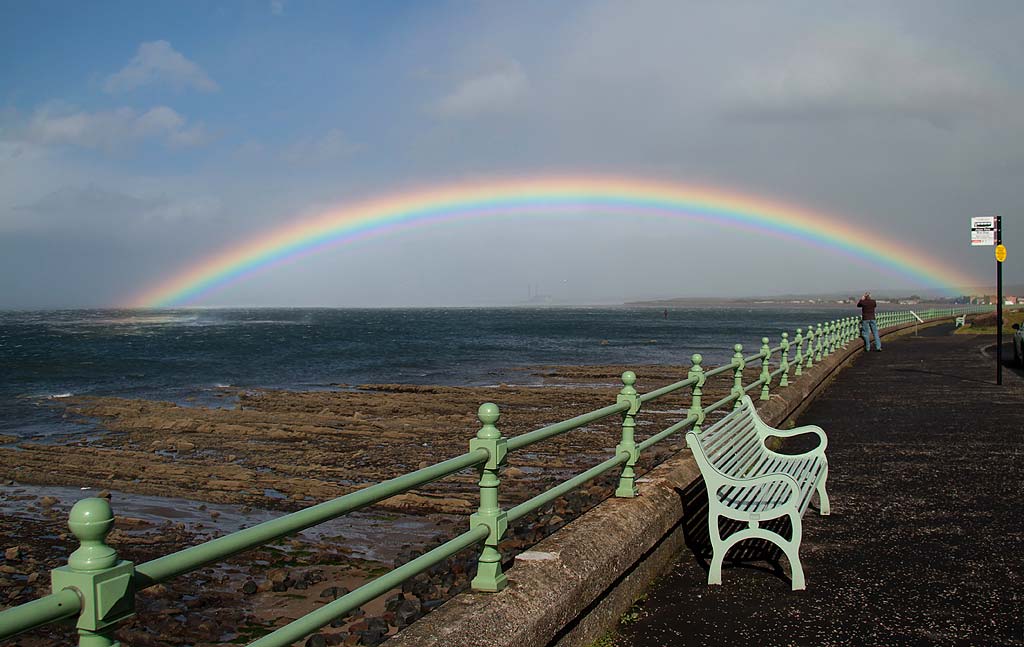|
My Photography 2. Equipment |
|
Summary |
|
Cameras 1. 1950s 2. 1960s 3. 1990s 4. Today Lenses 1. Telephoto Lenses 2. Standard Lenses 3. Wide Angle Lenses 4. Fisheye Lenses Other Equipment 1. Tripod 2. Filters |
|
Cameras |
|
Canon Since 2005, I have been using Canon Digital SLR cameras. - first an EOS 20D, now an EOS 7D. - I chose Canon because I had previously been using Canon EOS film cameras, and the lenses were compatible with the Canon digital cameras. - If I had previously been using a Nikon camera for film, I would probably have moved to a Nikon Digital SLR camera. - If I had been previously using any other make of camera for film, I might have considered changing to Canon or Nikon, because of the wide choice available and the quality of equipment available from these companies. |
|
Cameras Compact cameras are more convenient to carry, and many can produce very good results, often matching those from a Single Lens Reflex (SLR) camera. In some lighting conditions. It might not always be possible to produce a large, high quality exhibition print, especially in difficult lighting conditions, from a compact camera. I find the delay before a photo is taken, after pressing the shutter when using a compact camera can be frustrating and can result in 'missing a good picture'. However, in many cases I feel that memorable pictures are the result of a photographer 'seeing a picture' and 'capturing the moment', rather than what equipment was used. Personally, I get satisfaction from the greater control provided by an SLR camera, and the opportunity that it offers to produce large, high quality photos if I require them, though in practice many of my photos now go no further than the web site. |
|
Lenses |
|
Below, we look at different types of lens: - Telephoto Lenses - Standard Lenses - Wide Angle Lenses - Fisheye Lenses NOTE: The focal lengths referred to below are for 35mm film cameras or 'full frame' digital cameras. Most digital cameras have smaller sensors which make lenses act as if they are longer focal length. e.g. A 50mm lens from an SLR film camera might act as if it were, say, an 80mm lend when it is used on a typical digital SLR camera. The focal lengths that I refer to below are the focal lengths marked on the lens. ie. the focal length that the camera achieves when used on a film camera or 'full frame' digital camera. |
|
Long Focal Lengths Telephoto: eg. 200mm, 300mm, 500mm * These lenses come into their own for wildlife photography, sports photography and other photography where it is not practical to move in close to the subject. It will often be necessary to use a tripod to avoid 'camera shake'. Here are some photos with at long focal lengths: Telephoto Lens - Photo 1 Lens 210mm on Canon EOS 600 film camera (1/125 sec, f5.6) Camera panned as the planes moved quickly across the frame. © Copyright: Peter Stubbs - please contact peter.stubbs@edinphoto.org.uk Photograph taken September 22, 1990 Telephoto Lens - Photo 2
e.g. 150mm, 300mm, 500mm lens (used on a 35mm film camera or 'full frame' digital camera) OR 100mm, 200mm, 300mm lens (used on a digital camera with small sensor) Lens 210mm on Canon EOS 600 film camera (1/250 sec, f4) Camera held steady as the planes approached the camera © Copyright: Peter Stubbs - please contact peter.stubbs@edinphoto.org.uk Photograph taken September 22, 1990 Telephoto Lens - Photo 3 Lens - 300mm on Canon EOS 600 film camera The sun often looks much smaller than we expect in a photograph, so a long lens helps © Copyright: Peter Stubbs - please contact peter.stubbs@edinphoto.org.uk Photo taken: August 14, 1994 Telephoto Lens - Photo 4 Lens: 105 mm on Canon EOS 600 digital camera With a wide angle lens, the sheep at the back would have looked much smaller compared to those at the front. © Copyright: Peter Stubbs - please contact peter.stubbs@edinphoto.org.uk Photo taken: January 1, 1995
|
|
Standard Focal Length e.g. 35mm, 50mm, 80mm lens (used on a 35mm film camera or 'full frame' digital camera) OR 21mm, 30mm, 50mm lens (used on a digital camera with small sensor) standard lens can be a good compromise for photographing groups of people and landscapes. For portraits, a focal length of about 50mm or preferably about 85mm is likely to create more flattering results than a wider lens. The wider lens would be likely to be brought nearer to the subject, and so might distort the features. Here are some photos taken at standard focal lengths Standard Lens - Photo 1 Lens: 33 mm Canon EOS 20D digital camera (1/200 sec, f8) Compare with 'Wide angle Lens - Photo 1' below - This photo shows far less background than the wide lens below
© Peter Stubbs. Photograph taken: January 19, 2006, Standard Lens - Photo 2 Lens: 33mm on Canon EOS 20D digital camera (1/200 sec, f8) Glenfinnan Highland Games - standard lens used to try to capture both the action and the background © Copyright: Peter Stubbs 20 August 2005
|
|
Wide Angle Lens e.g. 15mm, 21mm, 30mm lens (used on a 35mm film camera or 'full frame' digital camera) OR 10mm, 14mm, 20mm lens (used on a digital camera with small sensor) Wide Angle: e.g. 15mm, 24mm I often prefer to use wide focal lengths. I feel that these help to show the environment surrounding the subject better, especially for photos taken in a confined space indoors, and help to put the subject in context. Including items close to the camera in the foreground in a photo taken with a wide angle lens can help create a sense of depth and almost '3D' effect in a photo. Here are some photos taken at wide focal lengths Wide Angle Lens - Photo 1 Lens: 17mm Canon EOS 20D digital camera (1/160 sec, f8) Compare with 'Standard Lens - Photo 1' above - This photo shows far more background than the standard lens above © Peter Stubbs. Photograph taken: January 19, 2006, Wide Angle Lens - Photo 2 Lens: 20mm on Canon EOS 600 film camera I believe this was taken with my 20mm lens but am not sure. The converging verticals become more pronounced with a wide angle lens. © Copyright: Peter Stubbs - please contact peter.stubbs@edinphoto.org.uk Photograph taken April 1991 Wide Angle Lens - Photo 3 Lens: 20mm on Canon EOS 600 film camera I believe this was taken with my 20mm lens, but am not sure. The camera was tilted down, so the verticals converge towards the base. Note that even the foreground is in focus © Copyright: Peter Stubbs - please contact peter.stubbs@edinphoto.org.uk Photograph taken April 1991
|
|
Fisheye A Fisheye lens is an extremely a wide angle lens, which produces a distorted image. All straight lines in an image taken with a fisheye lens, except any that pass through the centre of the picture, become curves. Distortions might be regarded a helping or spoiling a photo, depending on the subject, and on who is looking at the photo! There are two types of fisheye lens:
- 'Full frame fisheye', which gives a 180
degree view across each of the two diagonals of the picture. - 'Circular fisheye', which gives an even wider view gives. It produces a circular image with a 180 degree view across any diagonal of the circle. (These lenses are typically about 10mm for a 35mm film format camera.) It can be a good idea to have a look around the edge of the frame when using a fisheye lens. I have been surprised to find my shoes included in the bottom of the image in some of the fisheye photos I have taken! Wide angle lenses and particularly fisheye lenses give a large depth of field. i.e. everything will probably appear to be in focus, even when a large aperture such as f3.5 is used. Here are some photos taken using a fisheye lens. Fisheye Lens - Photo 1 Lens: 15mm Fisheye on Canon EOS 600 film camera Fisheye lens used to capture a wide angle, showing the whole distillery yard and the footprints left by the birds in the foreground © Peter Stubbs www.edinphoto.org.uk Photo taken February 7, 1996 Fisheye Lens - Photo 2 Lens: 15mm fisheye on Canon EOS 600 film camera Interior view in a confined space - Fisheye lens used to capture as much detail as possible in the background © Copyright: peter.stubbs@edinphoto.org.uk Photograph taken September 8, 1994 Fisheye Lens - Photo 3 Lens: 15mm Fisheye on Canon EOS 600 film camera (1/3 sec, f3.5) This photo was taken with a long exposure. That's what created the 'one-legged commuters © Peter Stubbs - please contact peter.stubbs@edinphoto.org.uk Photograph taken January 12, 1995
|
|
Other Equipment |
|
Tripod It is not always convenient to use a tripod (e.g. in crowded, busy situations) but where it is convenient (e.g. for landscape photos) it can often improve the photo. Camera shake is avoided, and the photographer can spend more time thinking about and fine-tuning the composition of a photo. These photos were taken with a tripod. Photo taken with Tripod 1 Stephen's Church Tower The light was low, so I needed to use a tripod © Copyright: Peter Stubbs - please contact peter.stubbs@edinphoto.org.uk Photograph taken: May 23, 1996 Photo taken with Tripod 2 View from tower of Stephen's Church There was hurry to take this photo. Nothing was going to move (apart from the storm) so I used a tripod to avoid camera shake © Copyright: Peter Stubbs - please contact peter.stubbs@edinphoto.org.uk Photograph taken: August 12, 2010 Photo taken with Tripod 3 Tripod used to allow a longer exposure to be used to show movement in some of the figures © Peter Stubbs - please contact peter.stubbs@edinphoto.org.uk Photograph taken January 19, 1996
|
|
Filters The only filter that I normally use (apart from a skylight to protect the lens) is a polarising filter. On days with blue sky and white clouds, a polarising filter can create a more dramatic sky. It can also bring our the colours in a rainbow more clearly and can reduce reflections, e.g. in shop windows and in water. Here are some photos taken with a polarising filter. Photo taken with Polarising Filter 1 Polarising filter used to darken the sky and bring out the contrast with the clouds © Copyright: Peter Stubbs - please contact peter.stubbs@edinphoto.org.uk - Photograph taken July 4, 2009 Photo taken with Polarising Filter 2 Polarising filter used to darken the sky and bring out the contrast with the clouds © Copyright: Peter Stubbs Photo taken: July 4, 2009 Photo taken with Polarising Filter 3 Looking east along Princes Street © Copyright: Peter Stubbs Photograph taken at 6.13pm on August 13, 2007 Photo taken with Polarising Filter 4 Eastfield Bus Terminus © Copyright: Peter Stubbs - please contact peter.stubbs@edinphoto.org.uk Photo taken May 23, 2011
|
